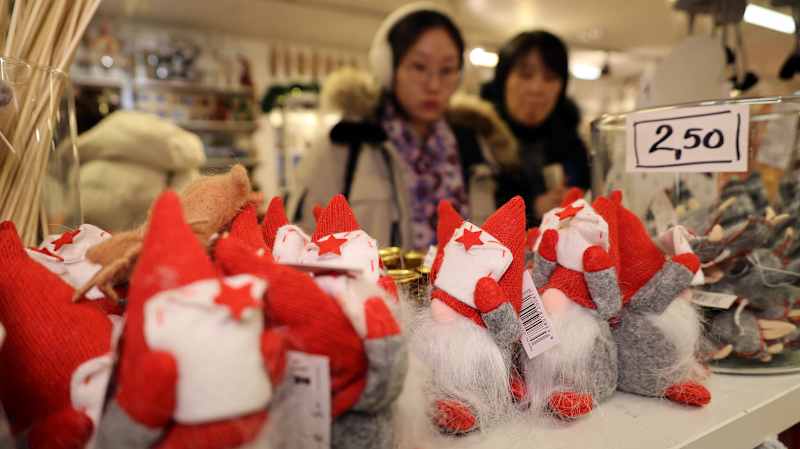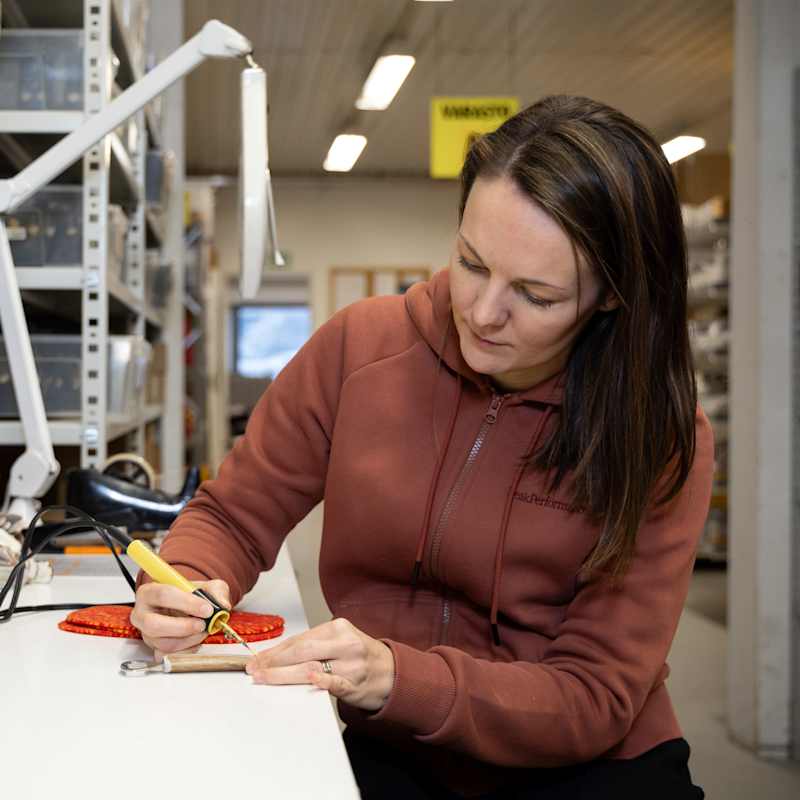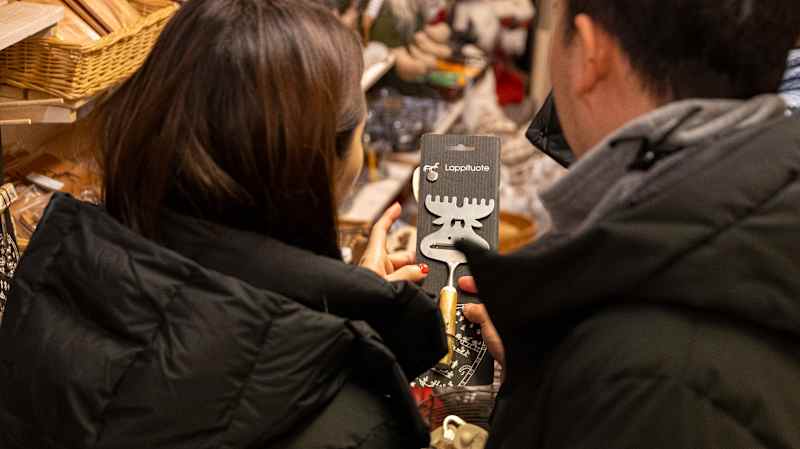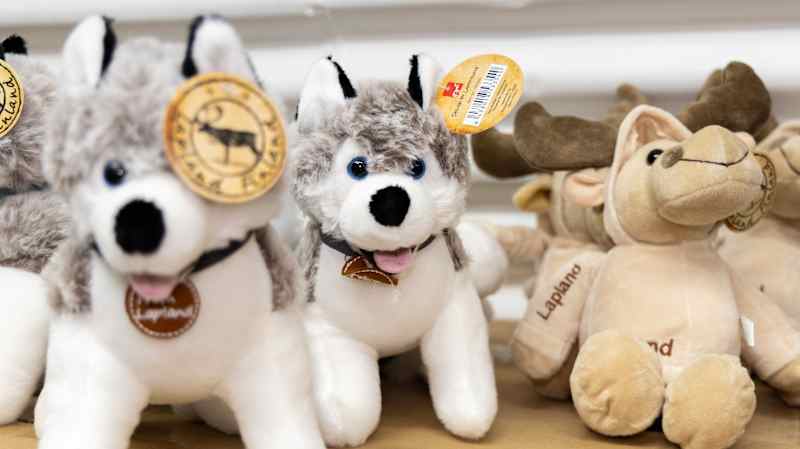Iida Kanto sells Lapland goods made in China to tourists, even if she doesn’t want to: “We sell what sells”
Souvenirs are often made abroad because it’s cheaper. For some tourists, it is enough that the product gives them the feeling of Lapland.
Tourists from Lapland often return home with a souvenir made somewhere other than Finland.
Many goods made in China turn up in a warehouse in Kemi, where millions of souvenirs are stored in cardboard boxes on the shelves.

Little information is available on goods arriving in Finland as souvenirs, according to Customs and Statistics Finland.
About 30 percent of the souvenirs sold by Lappituote are domestic, but about 70 percent come from abroad.
Still, Kanto would like domestic products to interest buyers more.

His father founded the company more than 30 years ago specifically for the production of souvenirs. We want to stick to that, says Kanto.
– We’ll probably be the only ones in the country. Yes, that volume is in imported goods, he admits.
The problem of availability and price
The company has a couple of thousand products in its selection. The most popular of them are the magnets, which are made in Turkey, and the soft toys, which are made in a cooperative factory in China.
According to Kanno, the reason is the price.
– I don’t know any domestic soft toy manufacturers. Of course, there are probably individual small ones, but you can’t think of handmade for the price in our customer base.

The same is said by Taito Lappi, who recently investigated the origin of souvenirs sold in Lapland in his project \”Handmade tourism environment\”.
The companies interviewed in the project source, for example, soft toys and decorative items from abroad. Instead, local jewelry was on sale.
Sectors also face a bottleneck
According to Laivamaa, the challenge is also that craftsmen and sellers of tourism products cannot find each other. Where the hectic nature of the tourist season does not necessarily make it possible to look for local makers, the craftsmen are often self-employed, whose time is spent on making the products.
As the final event of the project, a trade fair combining the handicraft and tourism sectors was organized, which brought together almost 30 actors interested in the subject.
– As far as I understand, the meeting organized in the spirit of experimentation has spawned cooperation. For example, local art can be seen in the interiors of various restaurant premises, and there are more local options than before in the shops of tourism operators, says Laivamaa.

The tourist chooses a cheaper product
According to Kanno, there is a certain price level prevailing in the tourism market, which largely determines which products are made domestically and which abroad.
However, the company also has some products in its selection that are manufactured both in Finland and abroad.
For example, the price of kuks and fleece ponchos made in China is significantly cheaper than those made by hand in Finland. Therefore, they do their business better for tourists, says Kanto.
– Some are sold domestically as well, but the Chinese product sells more. It’s a pretty clear indication that price matters.

